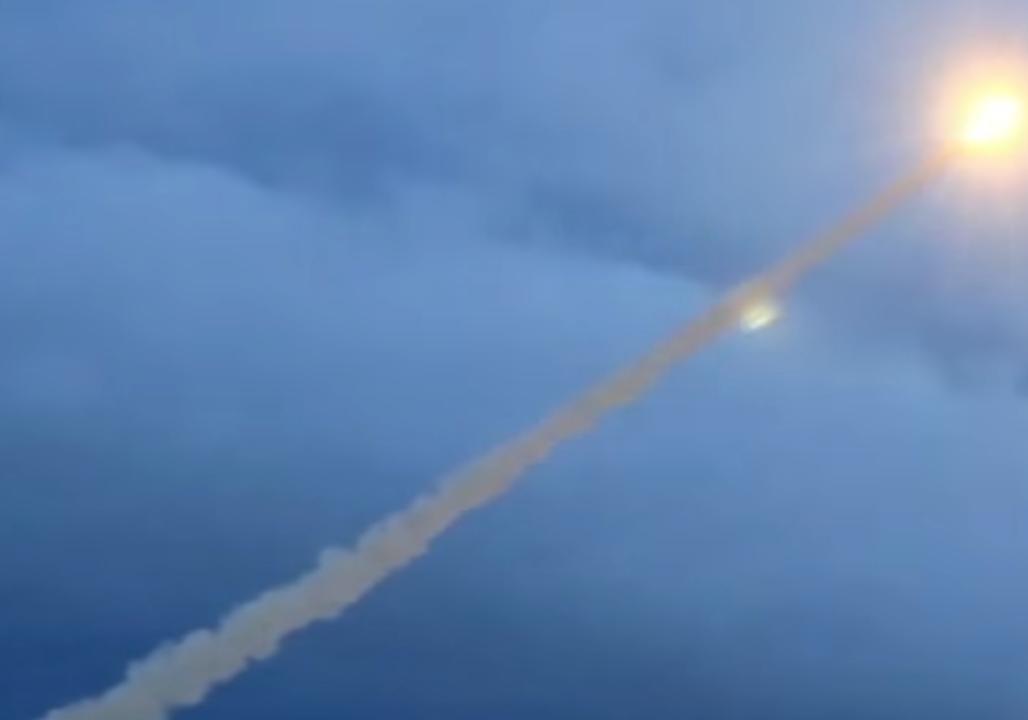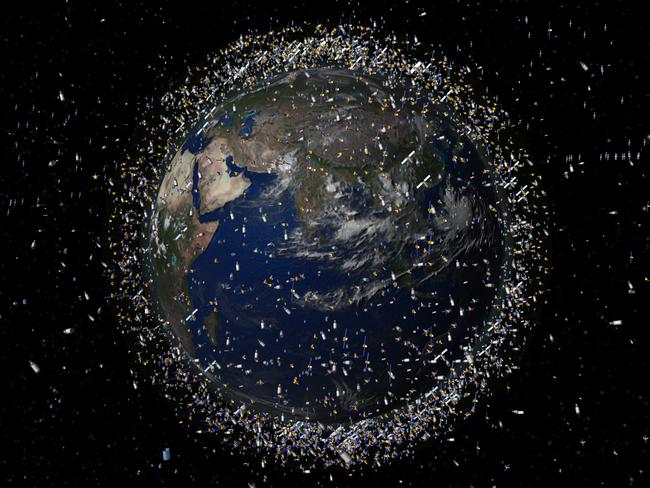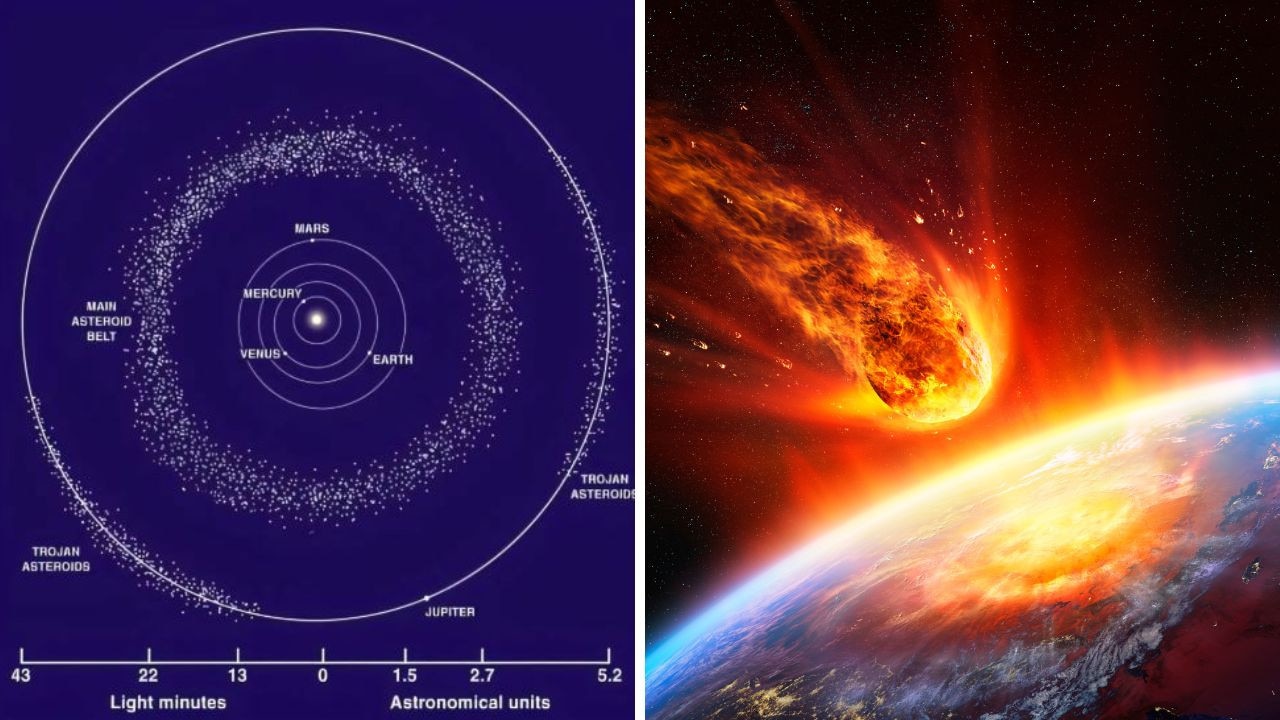Russia builds laser cannon to blast space debris, report claims
RUSSIA is working on a new technology that would allow them to effectively vaporise target material using lasers.

A RUSSIAN company affiliated with the Russian space agency Roscosmos claims that it is working on developing a laser that could eliminate space debris.
The report, first written about in RT, a Russian media company funded by the Russian government, said researchers at the Scientific and Industrial Corporation ‘Precision Instrument Systems’ (NPK SPP) are working on a new technology that would allow them to effectively vaporise the space debris using lasers.
The company confirmed the document existed to Sputnik News, but did not elaborate any further.
The article cited a report that was sent to the Russian Academy of Sciences, but a look at the recent publications from the Academy of Sciences on ResearchGate, does not show the report. The last report from the Academy of Sciences was in December 2017 on the topic of “Thermodynamic-kinetic Modelling of Chemical Weathering of Basaltic Tephra on Hawaii.”
ResearchGate is a database that compiles all scientific research that has been reviewed, regardless of origin.

An email to the Russian embassy was not immediately returned.
The proposal, which has reportedly been seen by RIA Novosti, says the laser will be powered by a solid-base generator and will use a process known as “laser ablation” to get rid of the space junk.
In 2005, researchers from the University of California at Berkeley defined laser ablation as “mass removal by coupling laser energy to a target material,” but noted that it was “still largely unexplored at the fundamental level.”
Nonetheless, space debris is a big issue. NASA has said previously there are more than 500,000 pieces (as of 2013) and they have the potential to do some serious damage to space equipment, including satellites or even spacecraft.
“They all travel at speeds up to 17,28,0000km/h, fast enough for a relatively small piece of orbital debris to damage a satellite or a spacecraft,” NASA says on its website.
The U.S. space agency added that it tracks satellites (and orbital debris), along with the Department of Defence, using DoD’s Space Surveillance Network.



